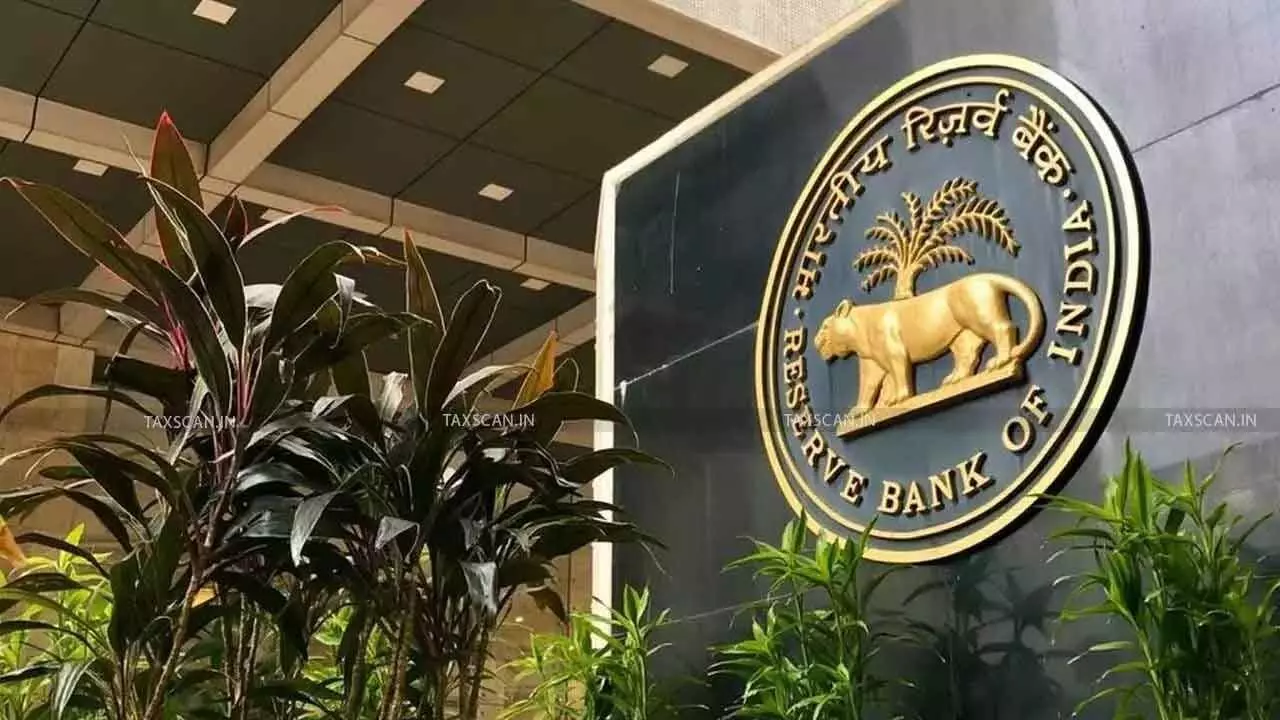RBI’s policy effect: Need To Read Between The Lines
RBI’s policy effect: Need To Read Between The Lines

There are certain aspects in the policy which offer valuable insights for foresight. These are not reasoned explicitly. It is cautioned that the inflation may intermediately rise above 4% which is RBI’s target rate. Also, it was unveiled that present 50 bps reduction is a frontloaded cut. It is hinted that private consumption and investments require stimulation and while present rate cut should support the same, RBI has no further space to support growth
The current interest rates in India are not relatively higher and may not ideally require immediate moderation per se. However, growth rate projections of India’s Gross Domestic Product are lowered by several agencies. While the government and RBI have also lowered projections from 6.7% to 6.5%, there is concern if this projection could be achieved. Therefore, markets expected Reserve Bank of India (RBI) to reduce policy interest rates by 25 basis points (bips) in its 55th Monetary Policy Committee (MPC) meeting on 6th June 2025. Leaving a positive surprise, RBI announced 50 bips rate cut.
The other aspects in the policy statement are also surprising. They include change of stance from accommodative to neutral, and reduction of cash reserve ratio (CRR) by 100 bips in 4 tranches during the year. With the present rate cut of 50 bips, this is cumulatively highest 100 bips cut ever within 5 months period if the rate cuts during global financial crisis and Covid-19 are excluded.
The support for the rate cut came from inflation at 3.2% which is lowest in the recent 6 years. The improving capacity utilizations, government capex, and expected increase in consumption are the other reasons. The latest projection of GDP for FY 2025-26 is 6.5% and for Consumer Price Index (CPI) inflation at 3.7%. These projections are based on expected levels of private consumption, fixed capital formation, and expansion in services sector. It may be noted that the real GDP for FY 2024-25 was also 6.5%.
There are certain aspects in the policy which offer valuable insights for foresight. These are not reasoned explicitly. It is cautioned that the inflation may intermediately rise above 4% which is RBI’s target rate. Also, it was unveiled that present 50 bps reduction is a frontloaded cut. It is hinted that private consumption and investments require stimulation and while present rate cut should support the same, RBI has no further space to support growth.
The change of stance to neutral imply that in this cycle, the present cut could be the terminal. With neutral stance in case of any exigency RBI will have the flexibility to adopt hawkish approach, although as per the present context such incidents need not be apprehended. The 100 bips reduction of CRR may unlock about Rs. 75,000 crs. This CRR cut will be implemented from 6th September 2025 and ending by 29th November 2025. With an expected multiplier of 4, about Rs. 2.5 trillion additional liquidity can be gradually expected.
The implied cautions or communications are, inflation may rise again and markets need not surprise and should be prepared to face the intermediate changes. With the usage of ‘frontloaded’ word, RBI conveys that possible and due future rate cut is advanced by including in the present rate cut itself. By mentioning no further space to support growth, RBI hints that future rate cuts should not be usually expected during the year.
During January and February 2025, Indian banking system experienced very tight liquidity conditions. To ease the tightness, RBI had cut 25 bips in two tranches and expected that the banks will quickly transmit (pass on) the rate cut benefits into the system. However, due to uncertainties and unpreparedness and with previous lags hanging on the transactions, banks are still in the process of transmission of the rate cuts. Usually, the transmission of rate cuts takes between 6 to 9 months, and rate hikes between 3 to 4 months. Interestingly, after February rate cut of 25 bips, only 17 bips are transmitted as of now in the outstanding loans. The transmission in the fresh loans is even lower at 6 bips. However, the interest rates on deposits were reduced by 27 bips, more than RBI’s 25 bips rate cut.
While markets reacted positively to the progressive policy announcements of RBI, there are few criticisms as well. Analysts feel that RBI had exhausted its policy space without reserving for any future shocks and needs. Such sudden rate cut may result in corresponding interest rate cut on deposits and savers will be put to loss. It is usual phenomenon that lower interest rates impact profitability of the banks.
However, the policy statement has succeeded in issuing key hints to its subjects and stakeholders. To the private sector to not expect any more rate cuts and therefore should not delay their capex programs. To the banks that they should transmit the cumulative rate cuts lest they miss their credit targets. To the households to revive consumption than being excessively cautious. To the others to support the trade and commerce.
Thus, except the frontloading of rate cut, this is one of the best anchored rate cuts by RBI, and the stakeholders should adopt the hints in responding and rising to the occasion.
Disclaimer:
Dr. Kishore Nuthalapati is an Economist and a Corporate Finance Professional. Dr. Kishore is serving as the CFO of BEKEM Infra Projects Pvt Ltd, Hyderabad, India. Views are his personal and do not reflect those of any of the organizations he is or was associated with.

